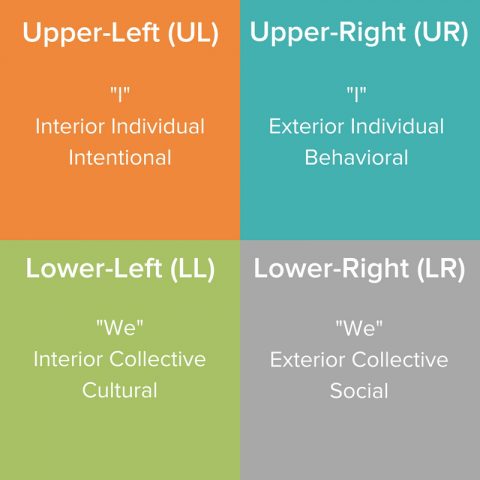
Sustainability Managers and other organizational leaders face many challenges when it comes to prioritizing their sustainability initiatives. From energy and waste focus areas to product procurement and resources, it is also important to integrate employee engagement into your sustainability action plan. By leveraging employee engagement, leads can accelerate sustainability efforts, while achieving deeper impacts on cost and waste.
How Does Employee Engagement Accelerate Corporate Sustainability Efforts?
Engaging your employees around your organization’s corporate sustainability efforts can help to enhance an employee’s commitment to their employer and their employer’s efforts. In a 2012 Forbes article, “What is Employee Engagement?” the author writes that, “Employee engagement is the emotional commitment the employee has to the organization and its goals. This emotional commitment means engaged employees actually care about their work and their company. They don’t work just for a paycheck, or just for the next promotion, but work on behalf of the organization’s goals.”
The power of employee engagement was aptly captured by Cool Choices’ client, Morgan Wiswall, Sustainability Director at Menasha Corporation, who said our employee engagement corporate sustainability program resulted in “an entire employee population moving in the same direction.”
Integral Theory: A Model for Employee Engagement in Sustainability
It may be helpful to structure the idea of employee engagement and its place in a comprehensive sustainability strategy by using an integral model. The dictionary definition of “integral” is, “Essential or necessary for completeness; Possessing everything essential; entire.”
Integral Theory was developed by Ken Wilber, an American writer on transpersonal psychology, who suggests that all human knowledge and experience can be placed in a four-quadrant grid that satisfies both the individual and collective (group) needs. According to Integral Theory, individual or group experiences are then motivated by either individual (internal) needs, or outside (societal) needs – social norms.
In order to determine if the experience is based on individual or group needs, and if they are behavioral or social, we can break it down in to subjective and objective factors, such as beliefs (subjective) and goals (objective). See below.

Many companies have a great handle on the right side of the table above – the Objective column – when it comes to sustainability practices in the workplace. Objective factors can seem easier to manage in the measurable, objective world. For example, lightbulbs can be changed, HVAC systems updated, programmable thermostats can be installed, and solar panels can be purchased. People’s behaviors can be observed, challenged, or reinforced.
However, what we find is that organizations seeking breakthroughs in sustainability need to also focus on the left side of the table – the Subjective column. This is where organizations have an opportunity to create additional, lasting benefits.
Another perspective to consider is that the “Subjective” side encompasses why we do things, whereas the “Objective” side is more about what we do. Getting at the “why” can be far more compelling than the “what”.
“The why” is discovered through building relationship, strong two-way communication, effective listening, and adaptive leadership skills. Leaders who can effectively engage with colleagues using these skills are better positioned to engage and enroll them in their own stand for sustainability.
A Change in Approach: A Focus on Internal Motivation
In the 1980s and 90s, companies evolved their safety programs from a “compliance-oriented” approach where “policing” of workers’ behaviors changed to an engaged and relationship-centered approach instead. Sustainability leaders must also evolve their approach to engaging employees. Human behavior science tells us that internal motivation is much longer lasting, even permanent, when compared with external reinforcement or punishment. However, when trying to create change or action, people typically focus their efforts on encouraging and cajoling the people they are trying to influence by putting up signs, sending out e-mails, reminders, and reinforcing their message. In other words, they apply external and objective forces (upper right quadrant) upon the person(s) whose behavior they want to change.
However, a more effective approach may be to develop deeper relationships with employees. This better allows us to engage and enroll others in our internal stand for sustainability, rather than trying to “convince” or “persuade” them. We want people to take up the cause from their own internal value for that cause. The resultant change in their behavior will be genuine, and is likely to be much longer-lasting. When enough employees are involved in a fun, collective initiative that promotes social interaction, is competitive, and easy, we find employees are engaging in sustainable behaviors because they want to, not because someone says they should, and they maintain the changes in their behavior long after the initiative has ended.
The sustainability professional that is able to engage employees through fun, social, and easy initiatives gains the collective force of changing individuals’ internal motivation, and a change in company culture that is powerful and long-lasting.
If you are looking to drive change through these methods, check out our customizable corporate sustainability program that helps organizations embrace sustainable actions, cuts energy costs decrease waste, reduce greenhouse gas emissions, and increase employee engagement through a fun and social game-based web platform.
Comments are closed.




